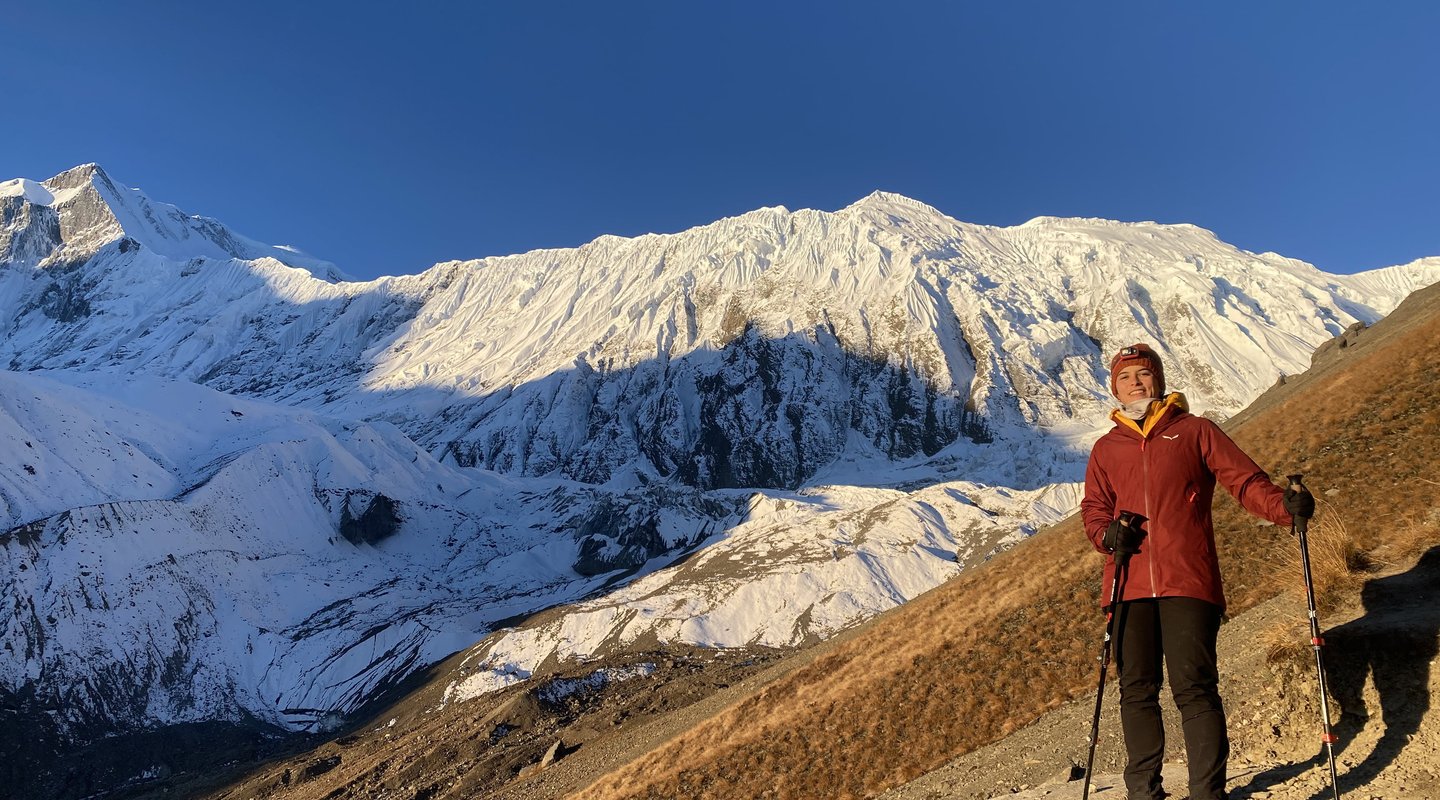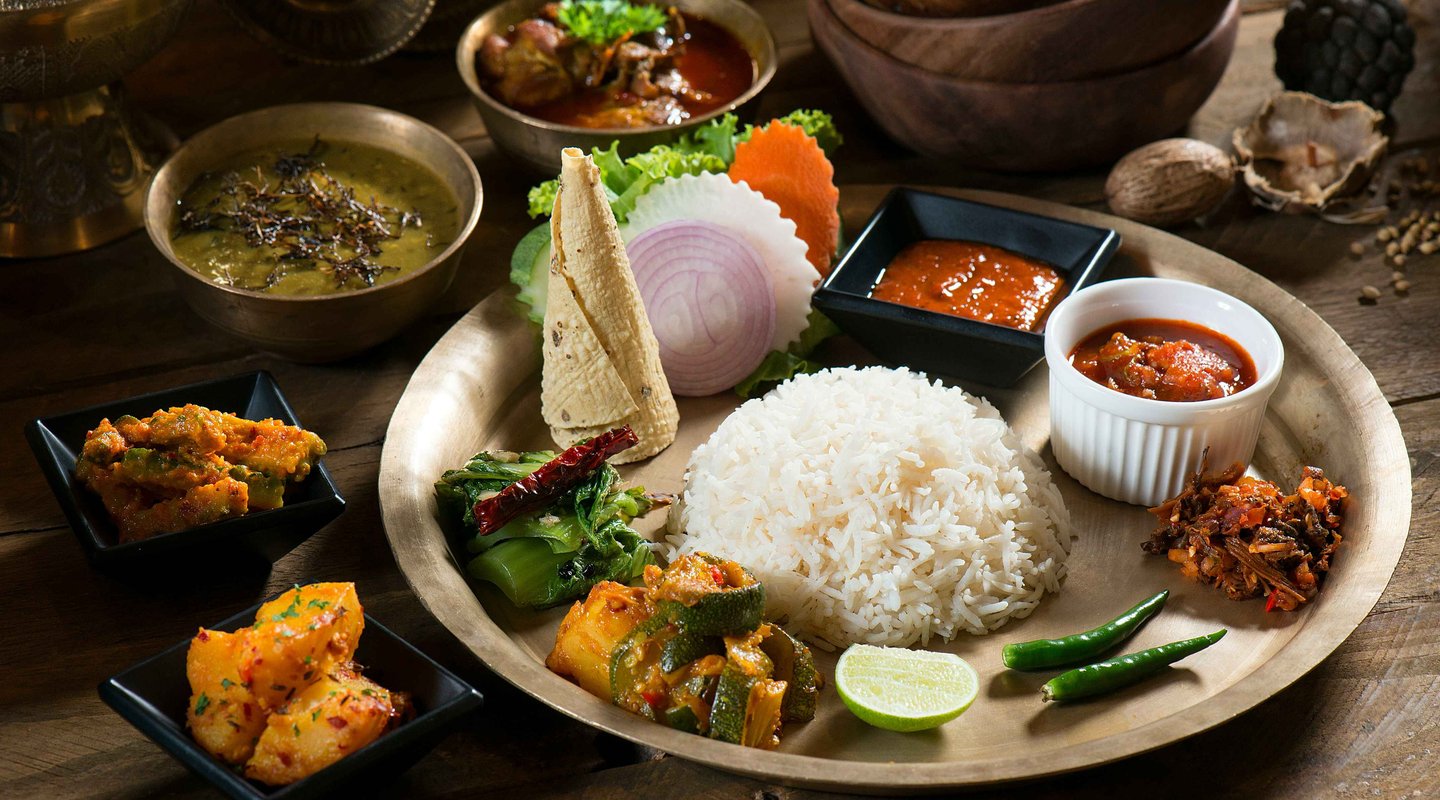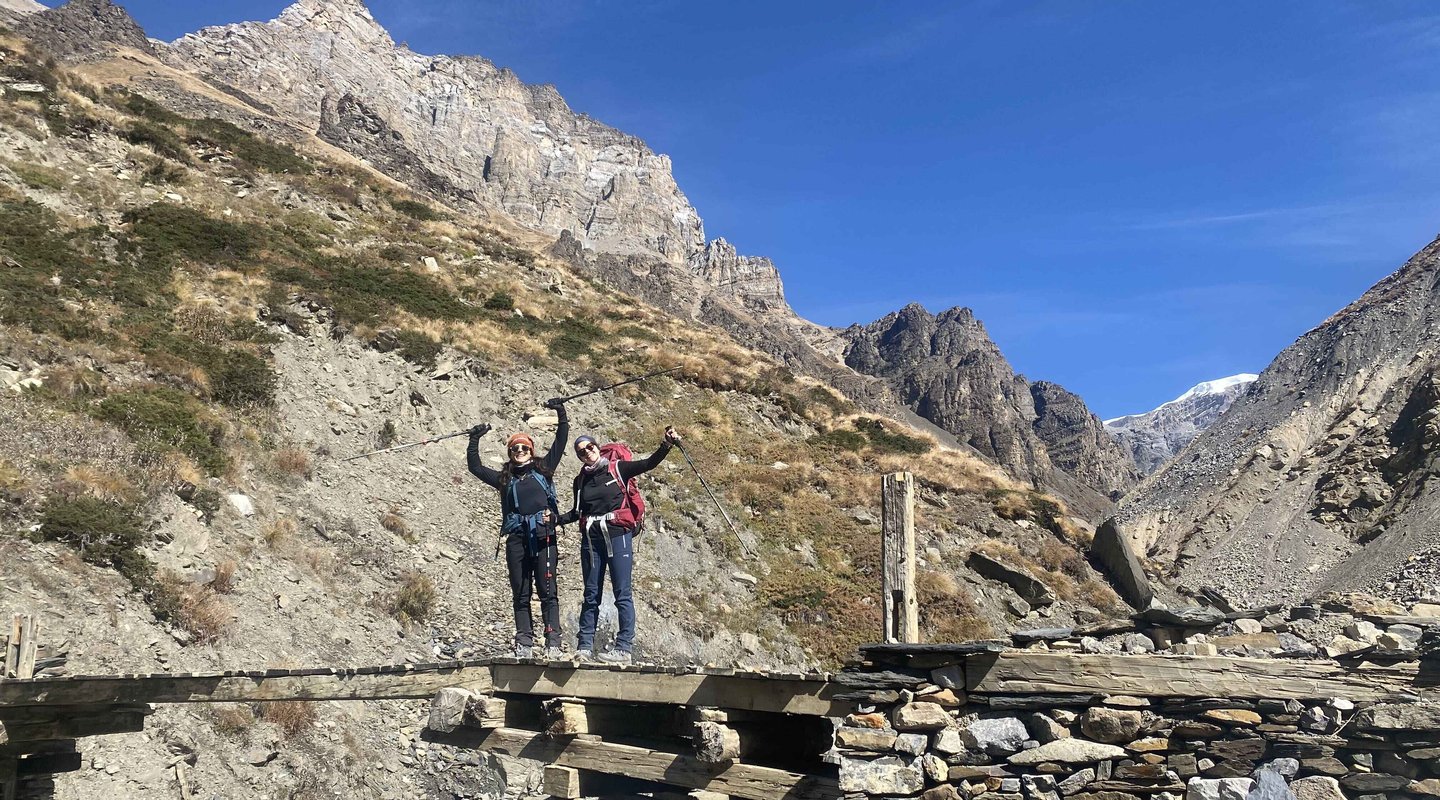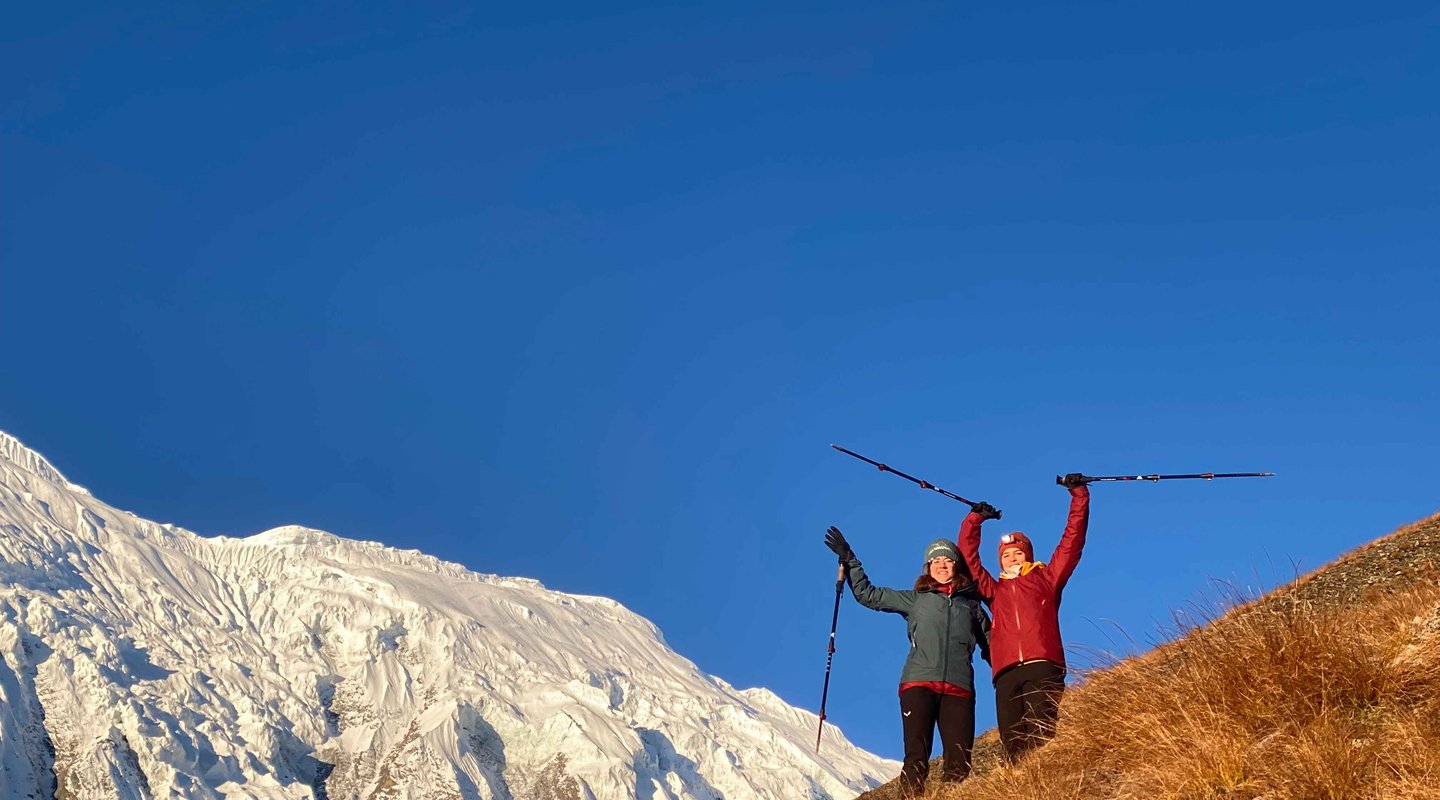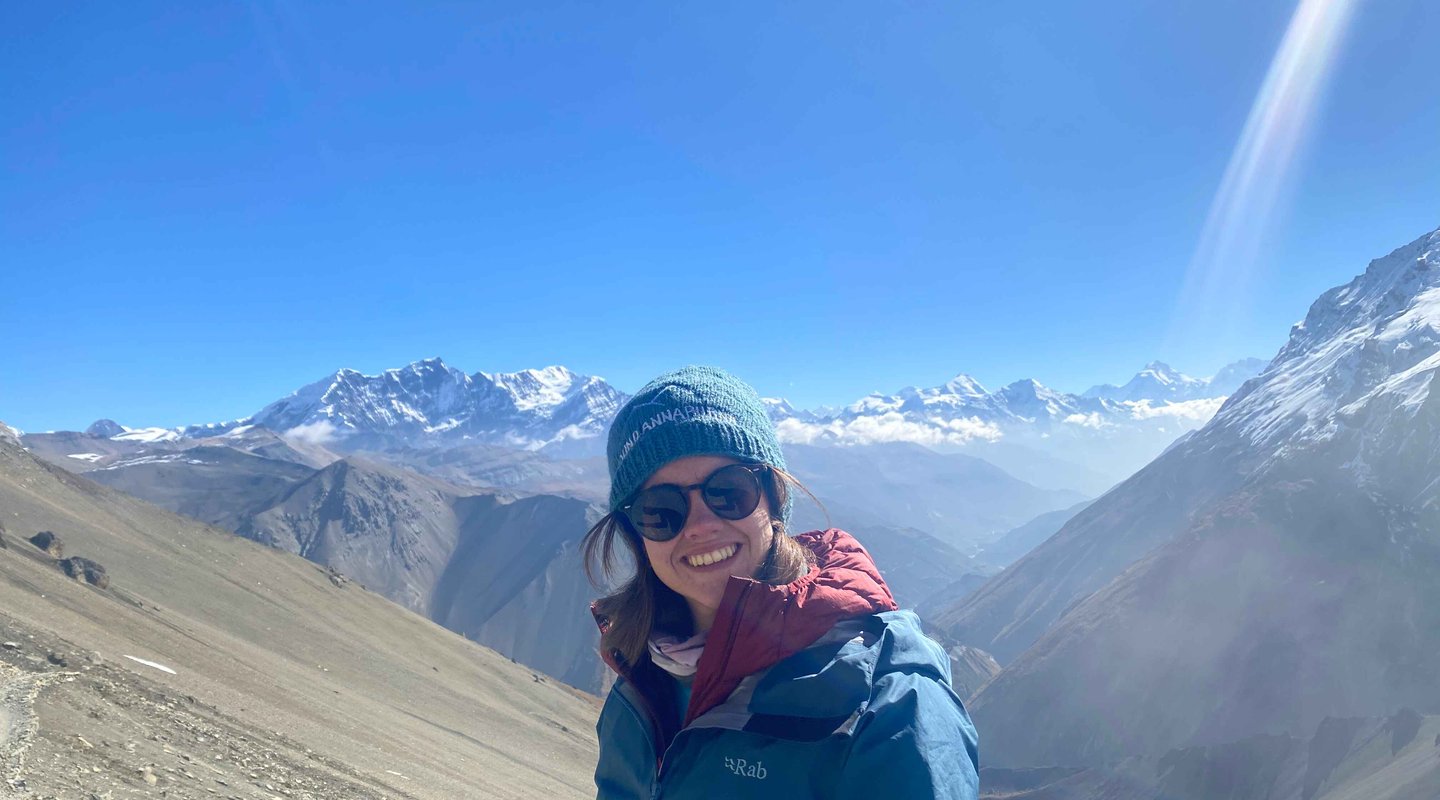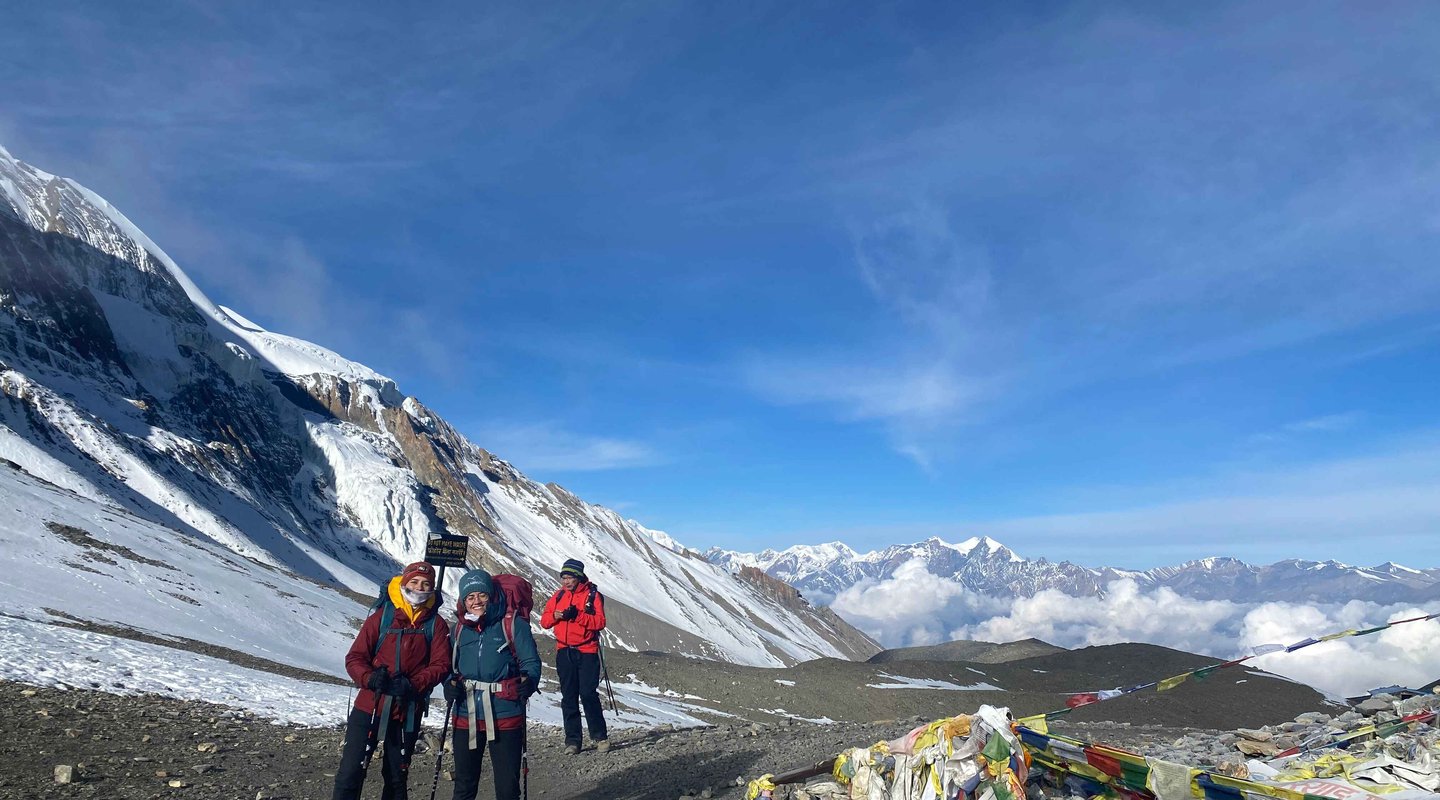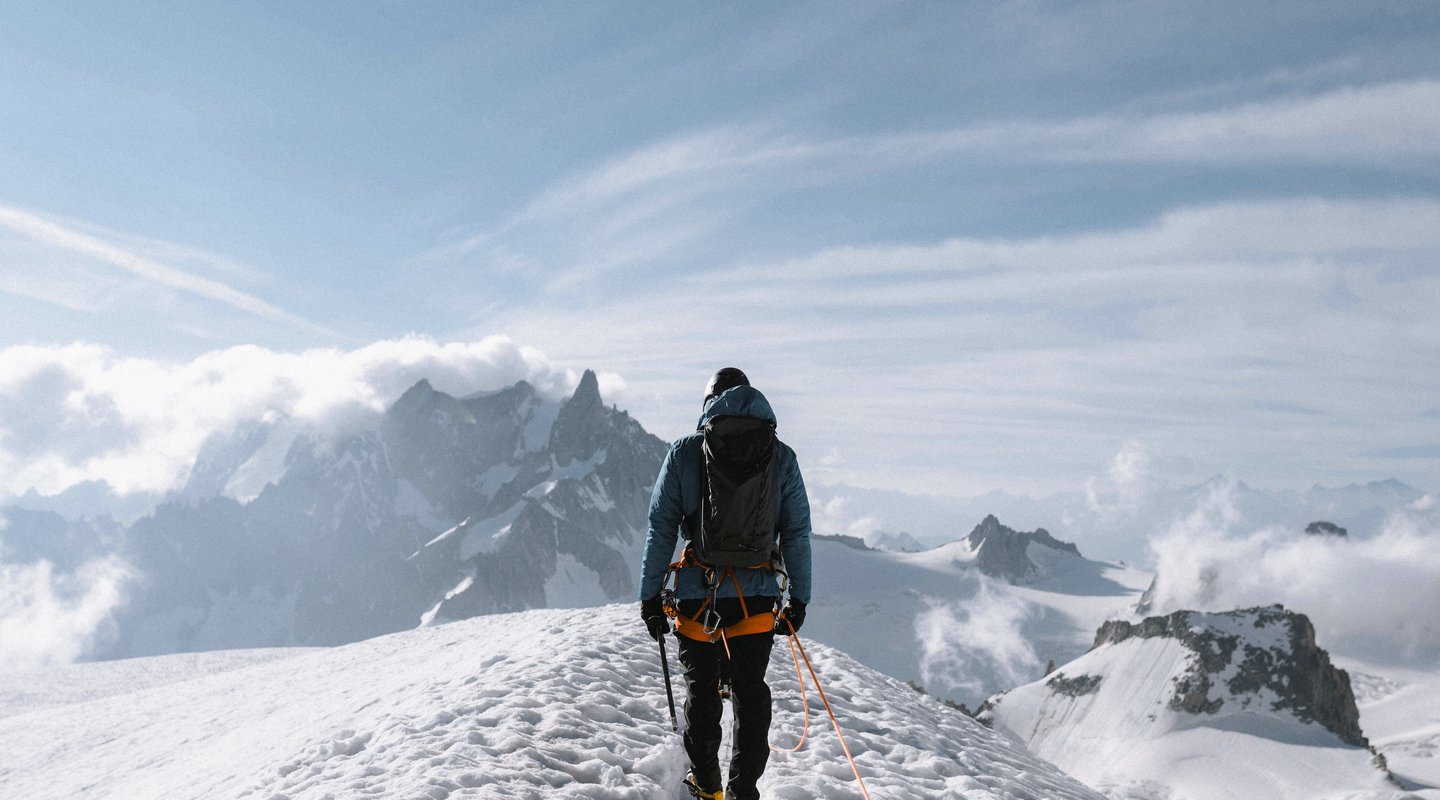
The Manaslu Circuit Trek is undoubtedly one of the most loved adventurous treks. It gives you heavenly feelings with its stunning landscapes, but it is also very challenging and demanding in terms of its rugged and diverse landscapes, where you will find different terrains at each altitude.
The whole elevation the trek covers is around 5,200 meters, where Larkya La Pass (5,106 meters) is the most challenging part of the entire trek for every trekker, where you are most likely to get severe altitude sickness. A condition when your body fails to adapt to the decreased oxygen level and lower air pressure, and your body starts to get various symptoms such as headache, nausea, and dizziness, which in fact can turn into serious medical complications.
Altitude sickness is a must-learn knowledge because every trekker of the Manaslu Circuit is vulnerable to it, and it cannot be neglected. It can become a threat to your health because it is not a minor inconvenience, but effective preventive measures can assure you of the protection of your health and maintain your trekking experience as terrific.
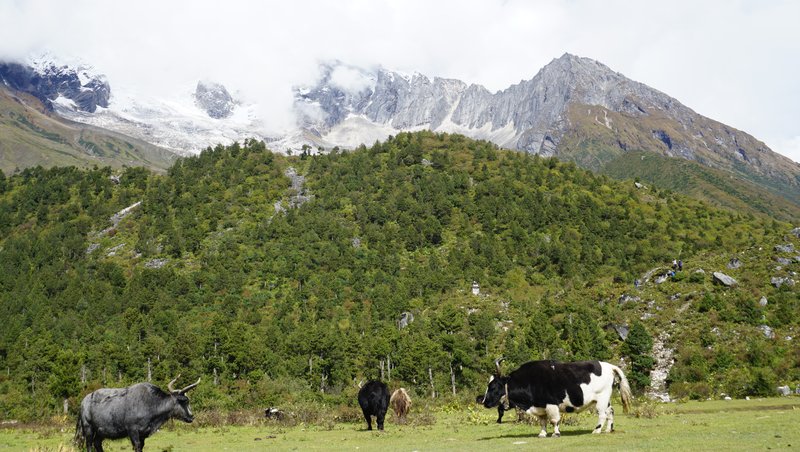
Altitude sickness occurs when individuals ascend to high elevations in a rush without any prior experience with high ascents, and then the body gets no time to acclimatize to the environment, which has a decreased oxygen level. People who ascend above 5,200 meters typically get altitude sickness, and they find difficulty in breathing, and their heart rate increases. Different factors such as fitness level, genetics, and previous personal experiences at higher altitudes also play a crucial role in causing altitude sickness, and those who have encountered this condition before and rapid ascentees without acclimatization are more susceptible.
The harsh weather conditions and challenging terrains at high altitudes of the Manaslu Circuit Trek possess thinner air as you ascend more, and you may get a headache, nausea, and dizziness. You can get forms of Altitude Sickness starting with Acute Mountain Sickness (AMS) and turn into severe conditions like High-Altitude Pulmonary Edema (HAPE) and High-Altitude Cerebral Edema (HACE), which are actual health threats to you.
Acute Mountain Sickness (AMS) gives you symptoms like nausea, headache, and dizziness; High-Altitude Pulmonary Edema (HAPE) gives you shortness of breath, persistent cough, fatigue, and a feeling of congestion in your chest; and High-Altitude Cerebral Edema (HACE) gives you severe headaches, confusion, loss of coordination, and disorientation. If these two kinds of altitude sickness are not treated properly on time, they can rapidly progress and can become deadly.
The Manaslu Circuit Trek becomes more challenging with altitude sickness, especially during your crossing over Larkya La Pass (5,106 meters). So, you need to understand and recognize the physiological changes in your body and be aware of the risks at high altitudes to make your journey enjoyable, safe, and comfortable.
It's essential to understand the factors that heighten the risk of altitude sickness on the Manaslu Trek in order to ensure a safe and enjoyable experience. By recognizing these risks, trekkers can take proactive steps to minimize them, ultimately enhancing their adventure as a whole.
Rapid Ascent
Rapid ascent to higher altitudes increases the risk of you getting altitude sickness when you skip acclimatization. Your body will struggle to cope with the reduced oxygen levels at high altitudes, and this abrupt change can lead to you getting symptoms of altitude sickness, such as headaches, nausea, fatigue, dizziness, and even sleep disturbances. The symptoms can go from mild to severe, posing greater health risks to you as you ascend higher with no gradual pace. Therefore, 300 to 500 feet of elevation is recommended a day when you are approaching 3000 meters of elevation, which will reduce your risk of getting altitude sickness.
Individual Health Conditions
Individuals’ certain health conditions also play a vital role in causing altitude sickness at high altitudes. People who have asthma or chronic obstructive pulmonary disease (COPD) are more prone to altitude sickness. People with respiratory issues are more likely to struggle with the reduced oxygen levels at high altitudes. Heart health issues may give you more strain in your cardiovascular system, which poses a great health risk to you. Additionally, Anemia can exacerbate symptoms of altitude sickness, as it results in the condition when your blood loses its capacity to carry oxygen. Even diabetic patients are prone to altitude sickness, as it affects the management of hydration and nutrition in your body. If you have these health issues, you must take good care during the whole trek and take good considerations and practices before embarking on this possibly aggravating journey.
Nutritional deficiency
Proper nutrition is crucial in maintaining your energy levels and overall health throughout the Manaslu Circuit Trek. You must take a proper balanced diet rich in calories, vitamins, and minerals to ensure a good preparation for the trek. Carbohydrates are very important for nutrition as they give you energy for physical exertion, and proteins and fats should be taken for overall body function. A good nutritional diet will improve your immune response and metabolic process, which may weaken your increased risk of getting headaches, fatigue, and dizziness.
Dehydration
Sufficient fluid intake is crucial for altitude sickness, as at higher altitudes, you will lose your moisture very rapidly due to drier air and increased breathing rates, leading to dehydration. Dehydration can give you headaches, dizziness, and fatigue to get you severe altitude sickness by making your blood thicker and impairing your oxygen levels to tissues. So, replenishing your water supply is very important.
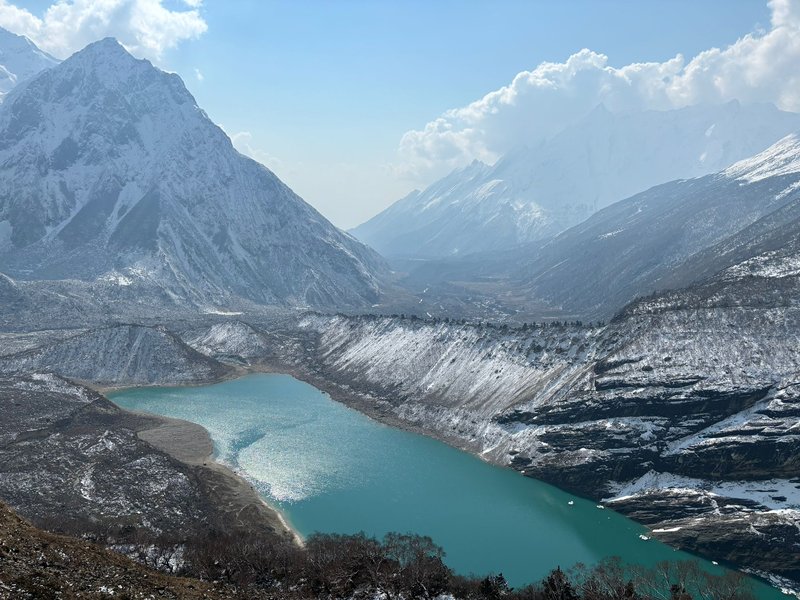
Gradual ascent and acclimatization are the most effective strategies in minimizing risk of altitude sickness on the Manaslu Circuit Trek. You will get a lot of tea houses available for your service, which are like resting stops to adjust to the thinning air. Your ideal ascending elevation should be 300 to 500 meters per day to give ample time to your body to produce red blood cells and transport oxygen levels to prevent altitude sickness. You should spend additional days at tea houses, which also provide meals and comfortable accommodations. In particular, you should do acclimatization at Deng, Samdo, and Samagaun for your body to relax and adjust to the abrupt change in the environment.
Descending to a lower elevation for your sleep after climbing the highest point in a day can facilitate your oxygen availability during sleep and reduce the risk of altitude-related complications. Additionally, resting at the same altitude or descending can be beneficial in aiding your physical recovery and psychological readiness for the challenges. So, strategic resting at lower altitudes can make your trekking experience safer and more enjoyable.
The dropped humidity level and thinner air at higher elevations lead to loss of fluid through respiration and perspiration. We recommend you drink 3 to 4 liters of water every day to let your body adjust to the physical exertion and temperature variations. Dehydration not only gives you symptoms like headache, dizziness, and fatigue but also hinders your effective acclimatization at teahouses. So, take water purification tablets or filters to make sure that you drink a bit cleaner and drinkable water from the source that you are accessible to along the trails. Additionally, electrolyte-rich drinks can also replenish your minerals lost through sweating to give overall functioning to your body. Take caffeinated drinks and beverages in moderation. Besides, take breaks for hydration and stretching during the steep ascents to enhance your trekking experience to the Manaslu region.
Fueling your body with the right nutrition is crucial in reducing the risk of altitude sickness. Carbohydrates are the most essential for energy boosters. So, load yourself with enough carbohydrates as you ascend higher to keep yourself energized and active throughout your rigorous journey. Carbohydrate-rich foods such as rice, pasta, bread, etc. should be your daily intake throughout the journey to enhance your endurance and stamina levels. So, focus on meals that are rich in carbohydrates, proteins, and healthy fats. You can have nuts, oatmeal, fruits, and energy bars as calorie snacks to enhance your physical performance and to prevent altitude sickness.
You will experience significant changes as you ascend higher. Headaches, fatigue, and dizziness are the common symptoms you will encounter but should be taken seriously, as you can be experiencing shortness of breath and increased heart rate leading to distress. These signs should be paid careful attention to not let them turn into severe forms of altitude sickness, such as high-altitude pulmonary edema (HAPE) and High-Altitude Cerebral Edema (HACE). So, stay attuned to your body for your safer and more fulfilling experience of the trek.
Medicines are very effective in managing the risk of altitude sickness. Acetazolamide, also known as Diamox, is one of the most widely used medications and is typically recommended to be taken 24 hours before the ascent. Additionally, nifedipine is for high-altitude pulmonary edema (HAPE), with a recommended dose of 30 mg intake every day at higher altitudes. Other medications include non-steroidal anti-inflammatory drugs such as ibuprofen to prevent headaches and inflammation. But take professional medical recommendations for the dosage and intake of the right drug.
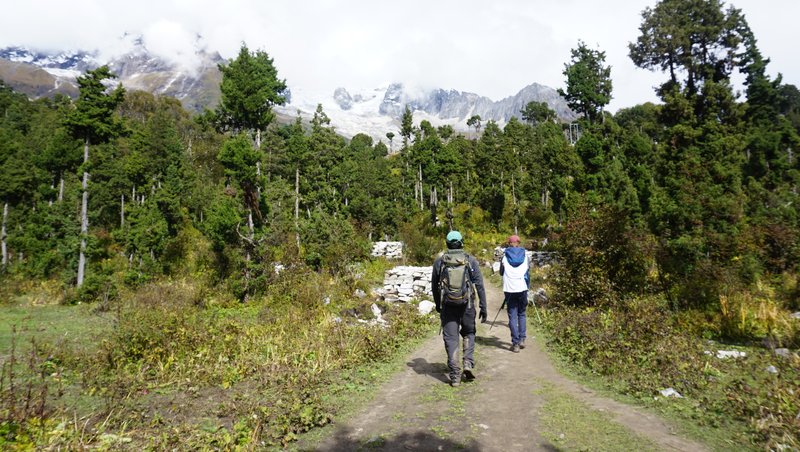
Altitude sickness can be life-threatening, but with the right strategies, such as proper acclimatization, ascending at your pace, consuming a balanced nutritional diet, hydrating yourself, and identifying the signs of altitude sickness or any change in your body, you can mitigate the risk of altitude sickness. The Manaslu Circuit Trek can be very demanding, with altitude sickness on one side and diverse and rugged terrains on the other side, but proper gear preparation, including the physical and mental preparations before the trek, can help you cope with the difficulties along the trails. Lastly, do not forget your travel insurance covering your emergency evacuation to ensure your ecstatic trek.
If you need any further information, contact us through email at [email protected] or WhatsApp us at +9779801127073.
https://himalayanhero.com/manaslu/package/complete-manaslu-circuit-trek-2025-route-difficulty-costs/
